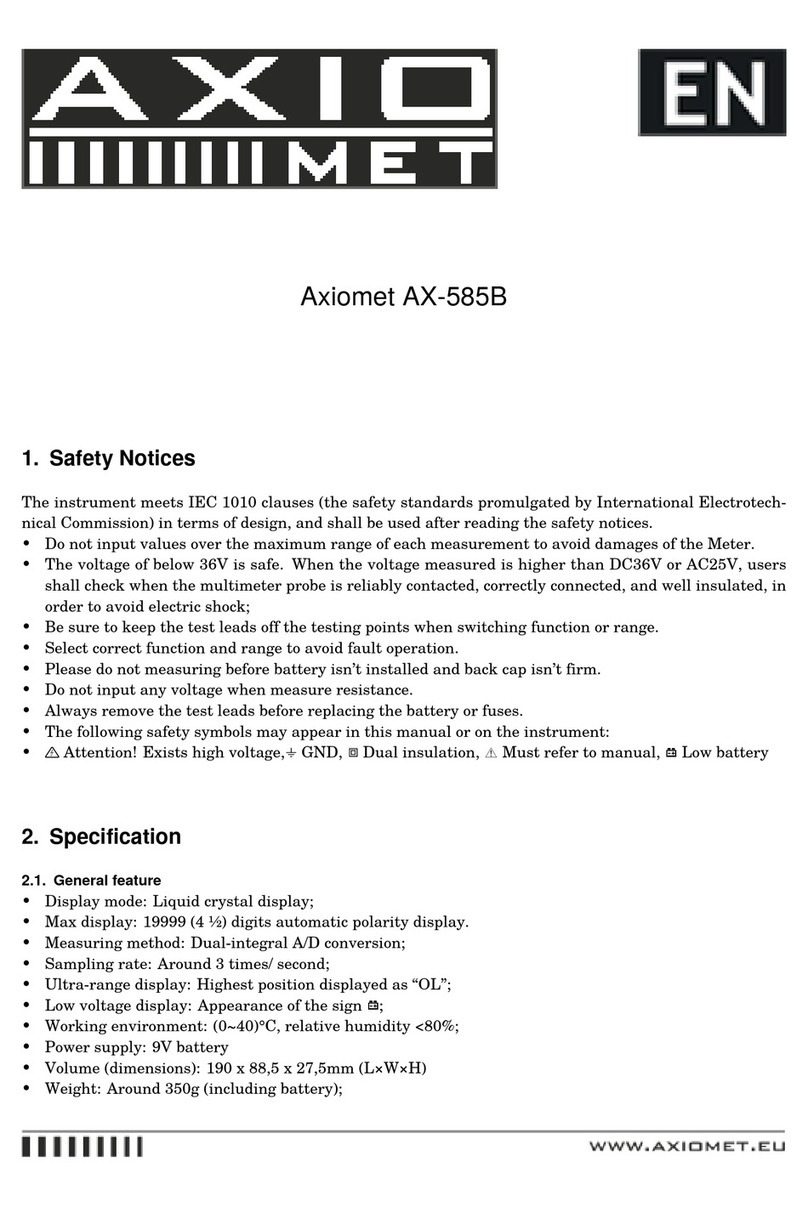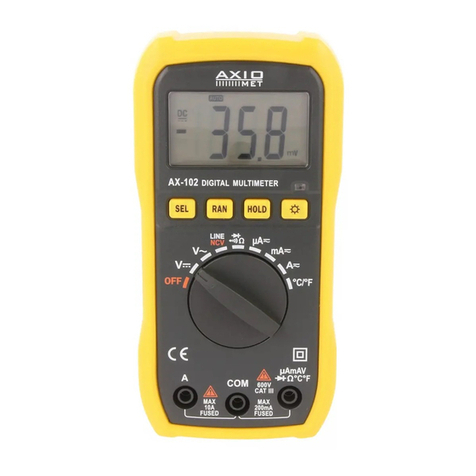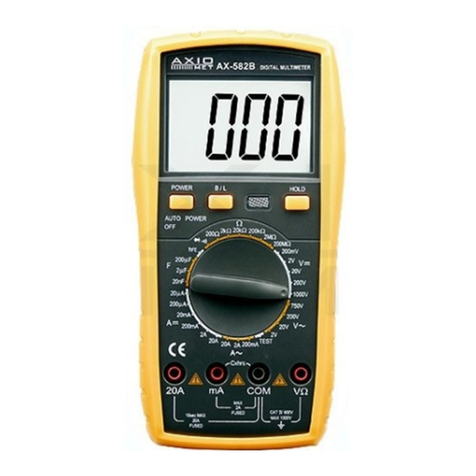Axio MET AX-588 User manual
Other Axio MET Multimeter manuals

Axio MET
Axio MET AX-MS8250 User manual
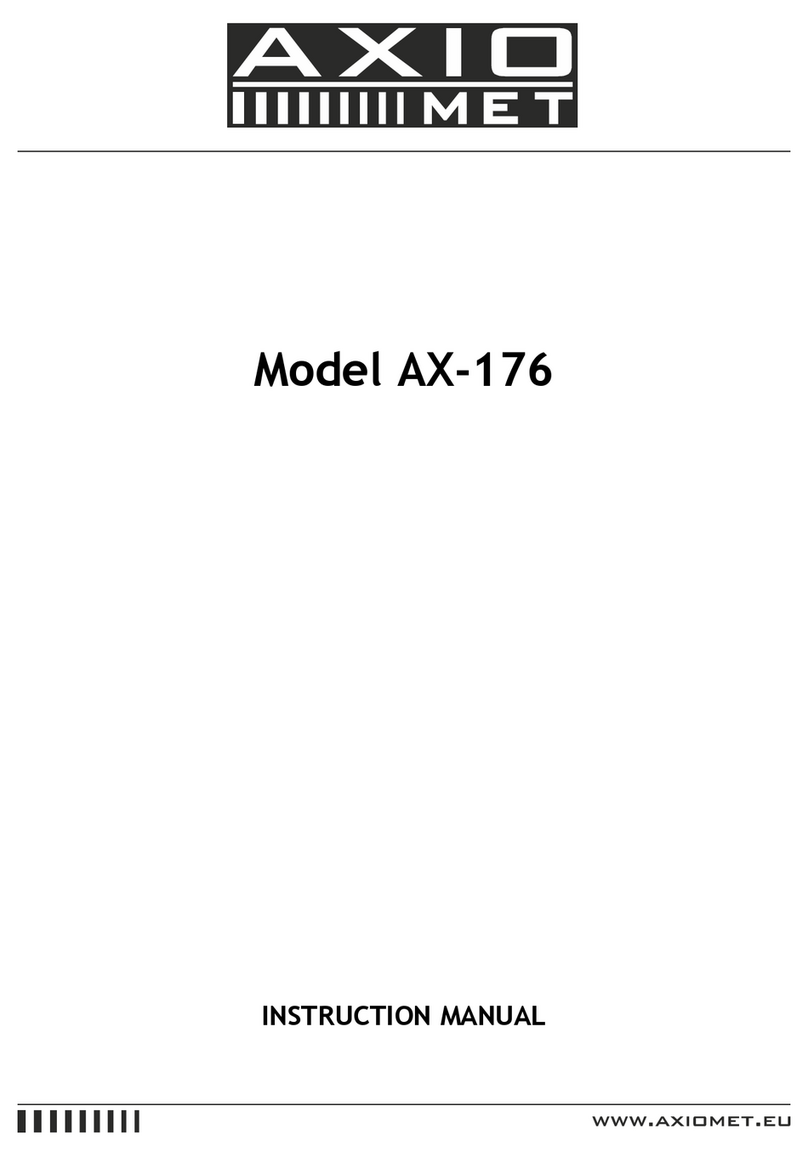
Axio MET
Axio MET AX-176 User manual
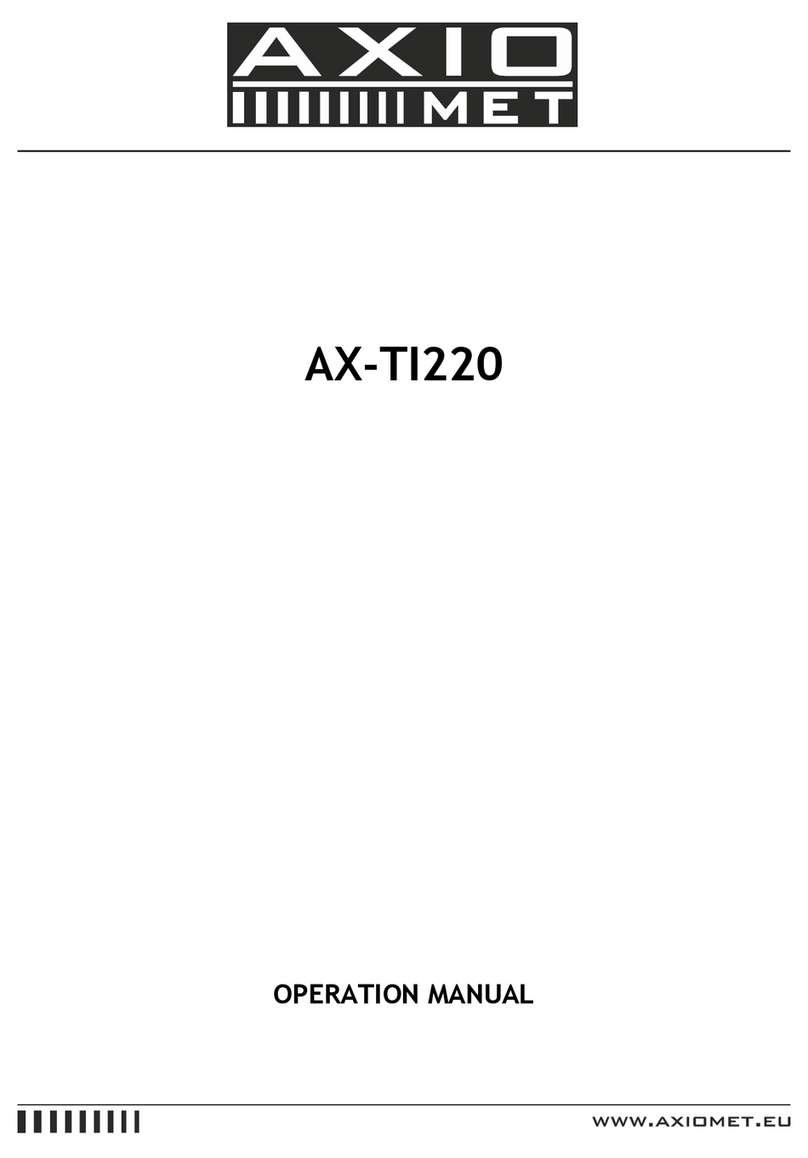
Axio MET
Axio MET AX-TI220 User manual
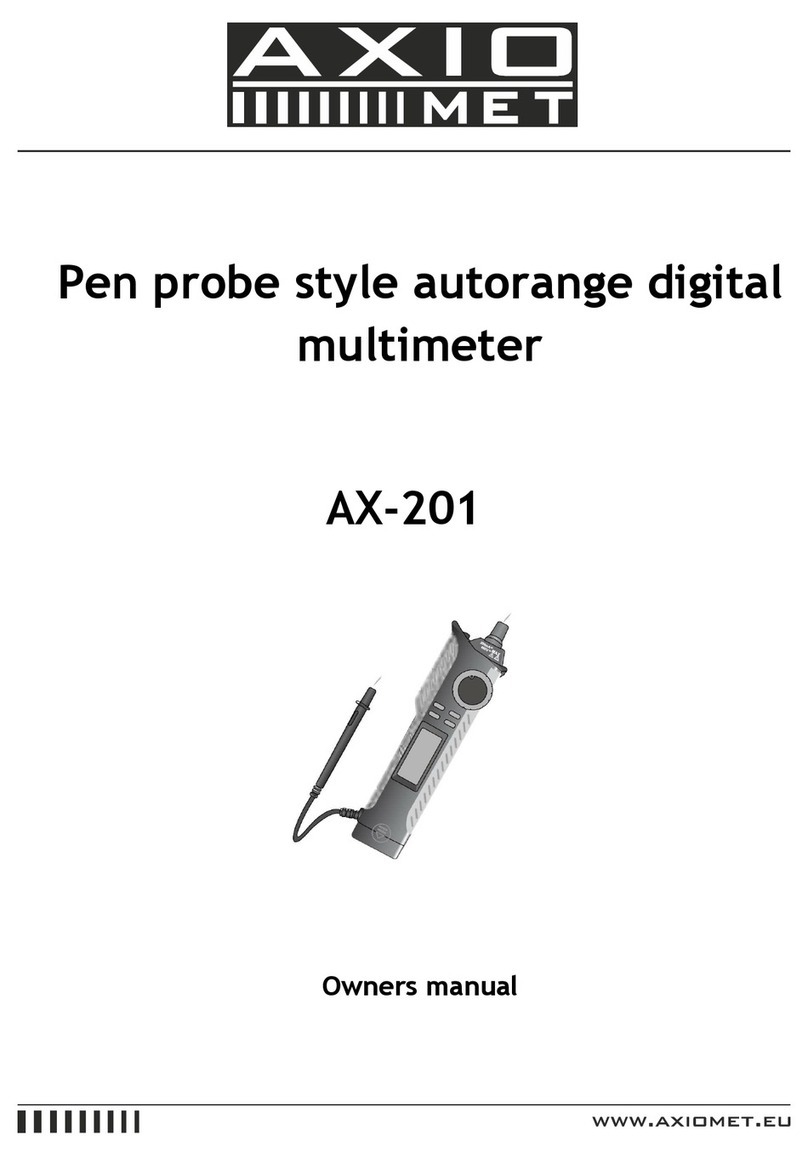
Axio MET
Axio MET AX-201 User manual
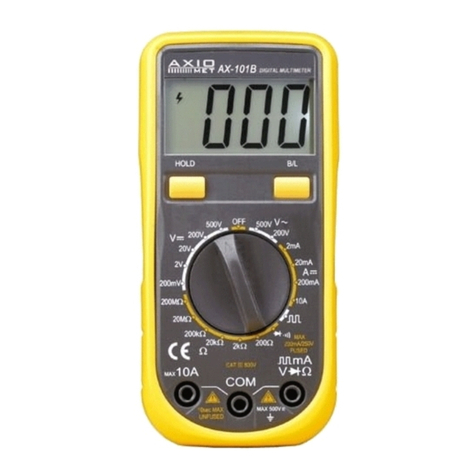
Axio MET
Axio MET AX-101B User manual
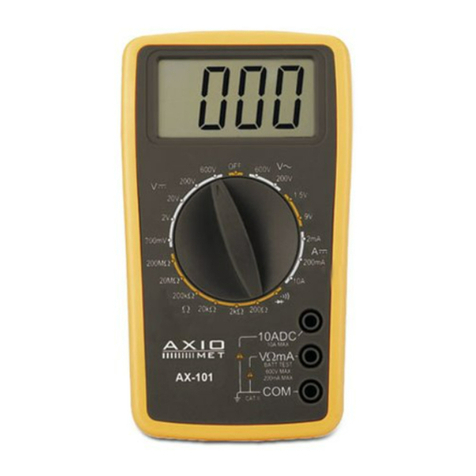
Axio MET
Axio MET AX-101 User manual
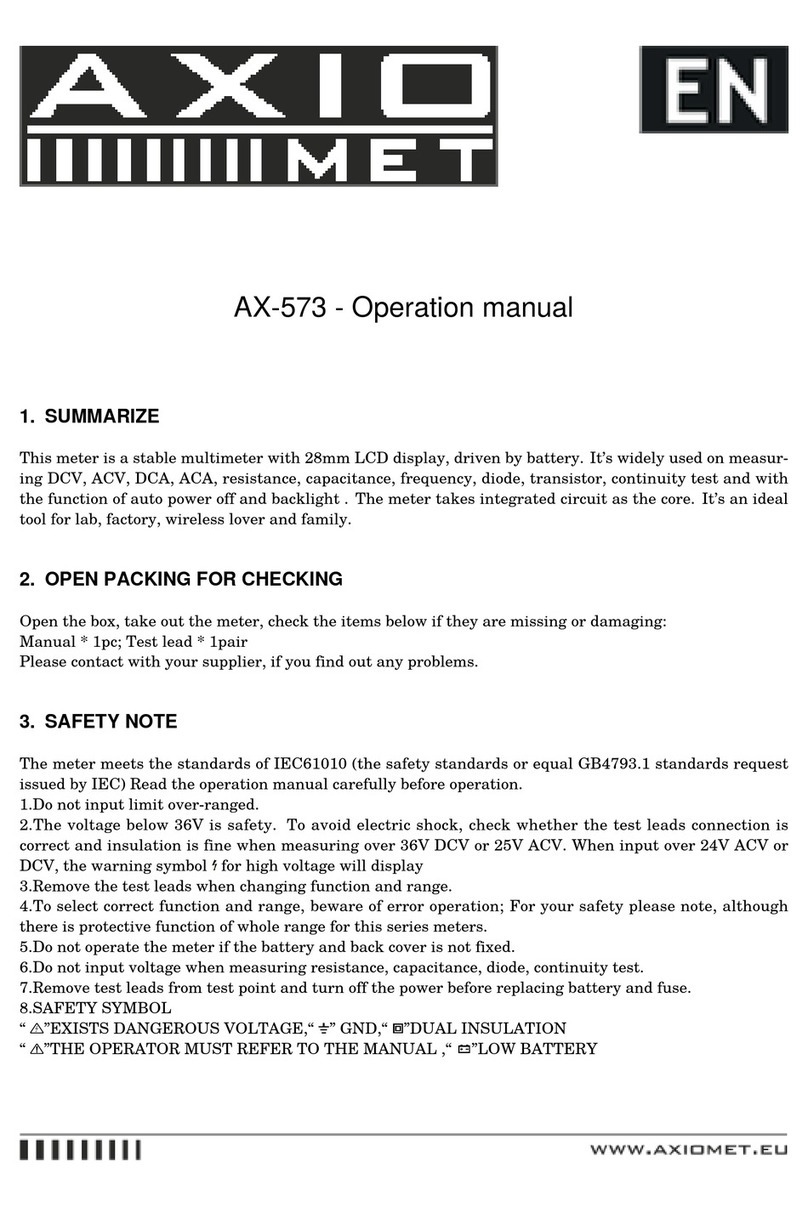
Axio MET
Axio MET AX-573 User manual
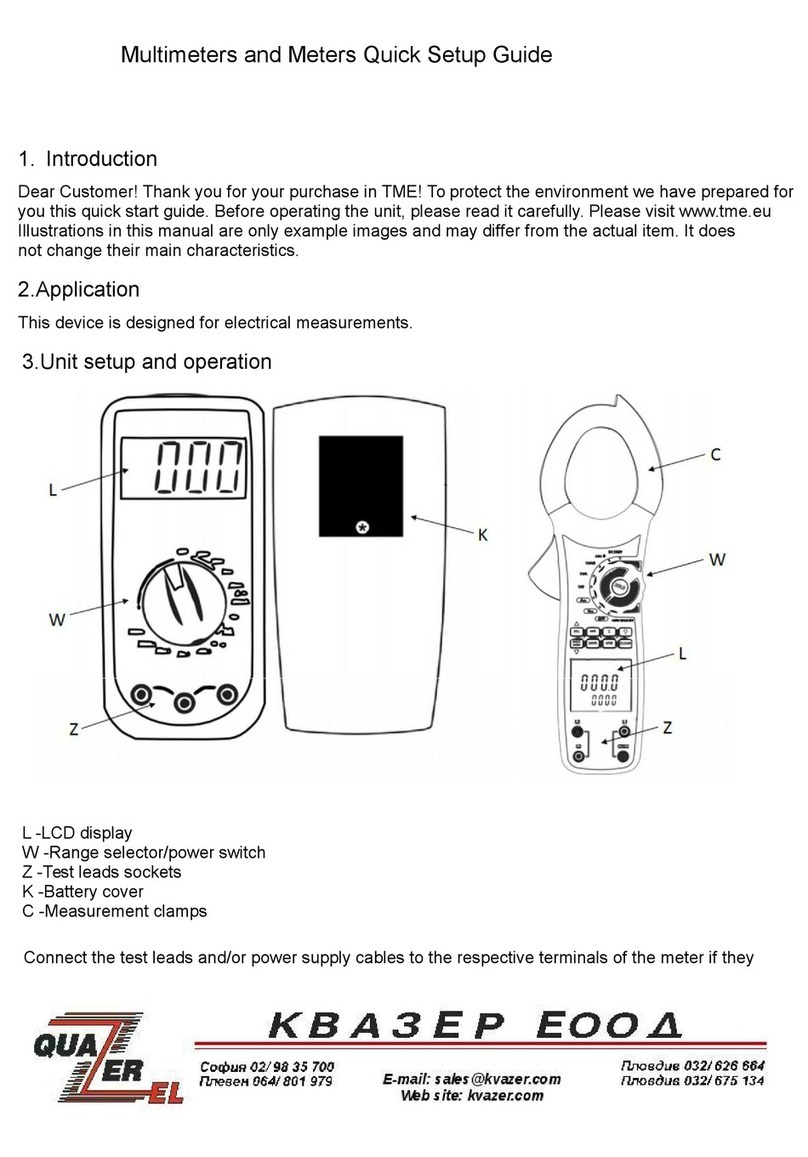
Axio MET
Axio MET AX-588B User manual
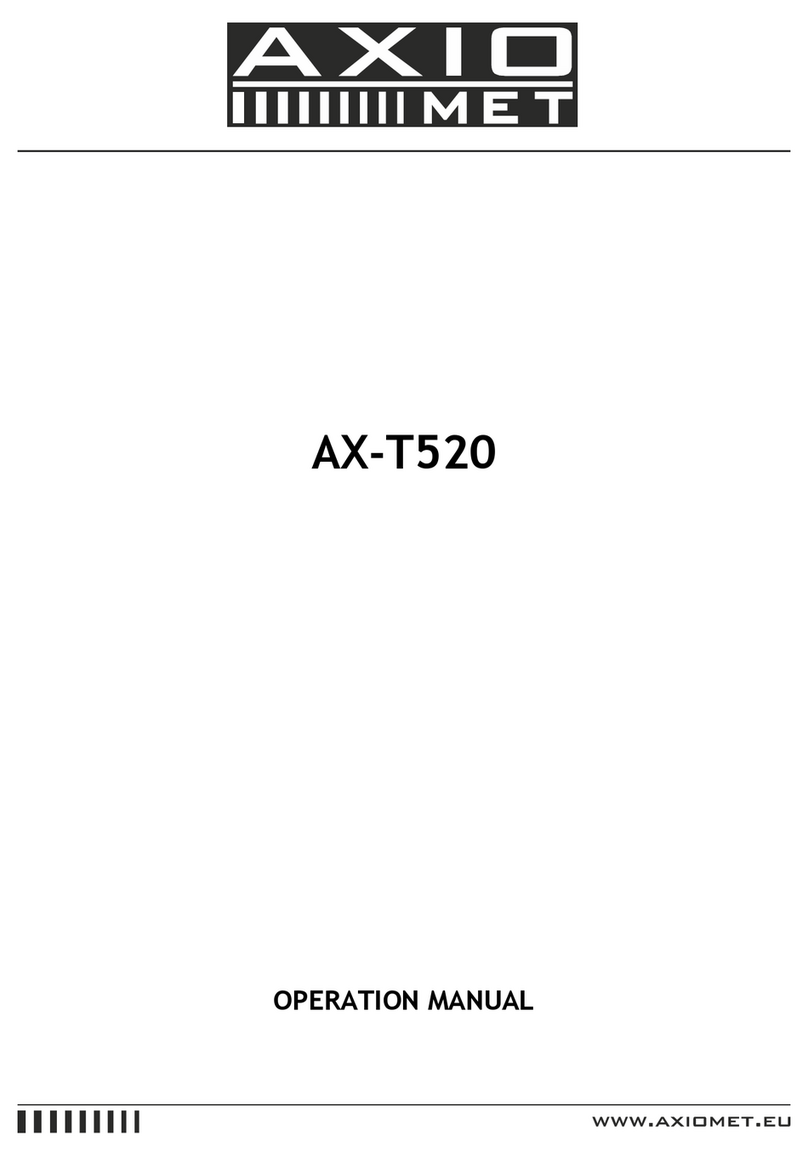
Axio MET
Axio MET AX-T520 User manual
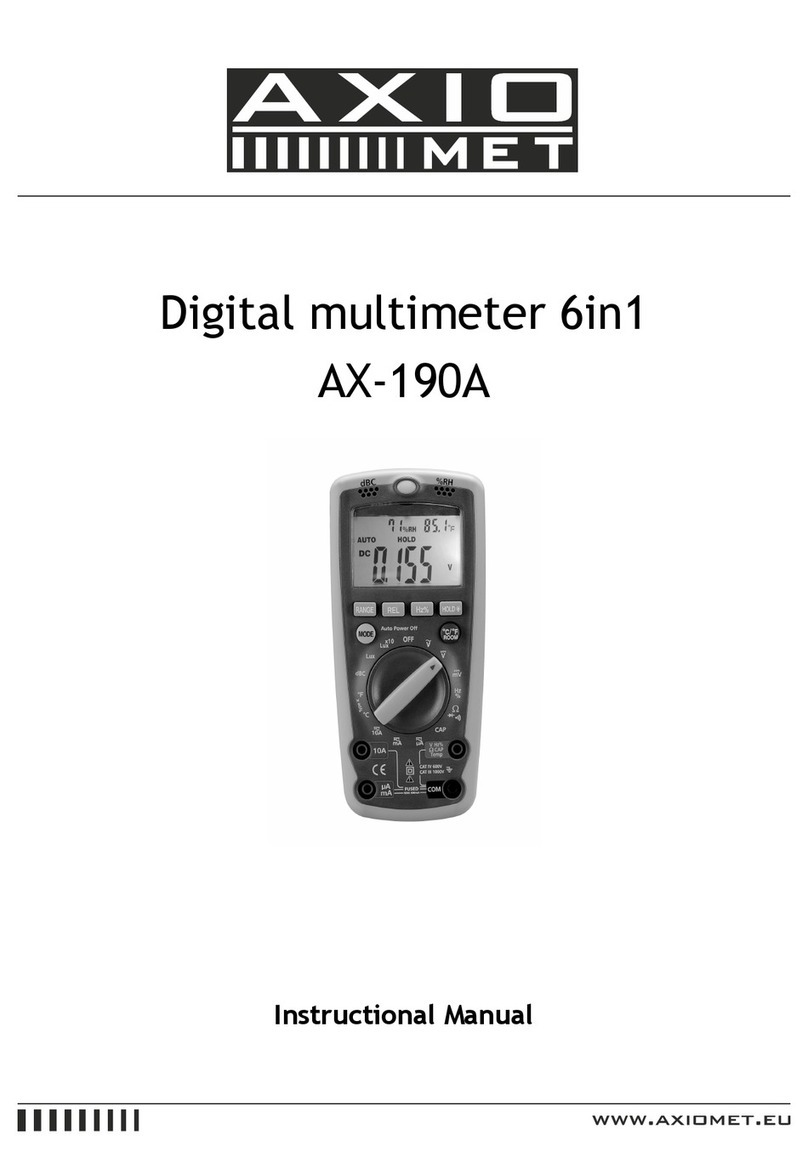
Axio MET
Axio MET AX-190A User manual
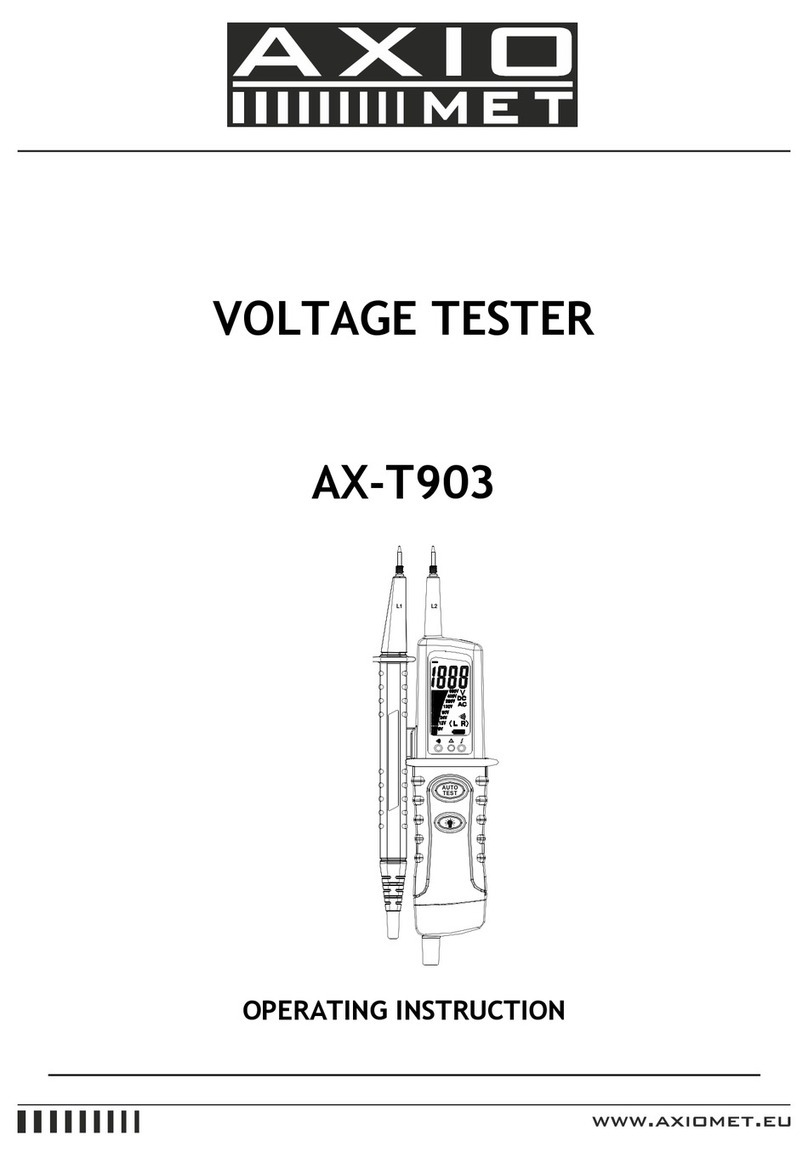
Axio MET
Axio MET AX-T903 User manual
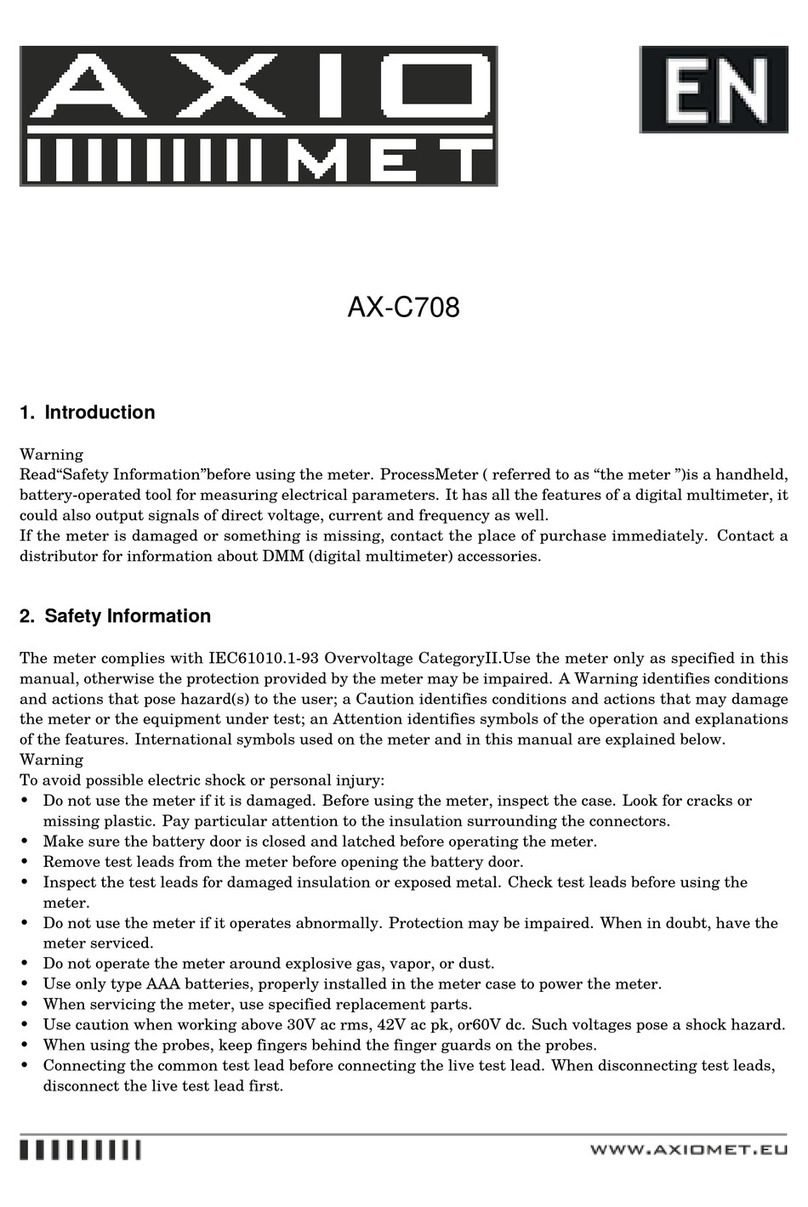
Axio MET
Axio MET AX-C708 User manual
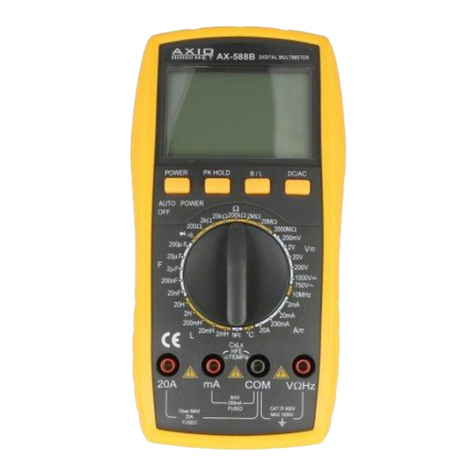
Axio MET
Axio MET AX-588B User manual
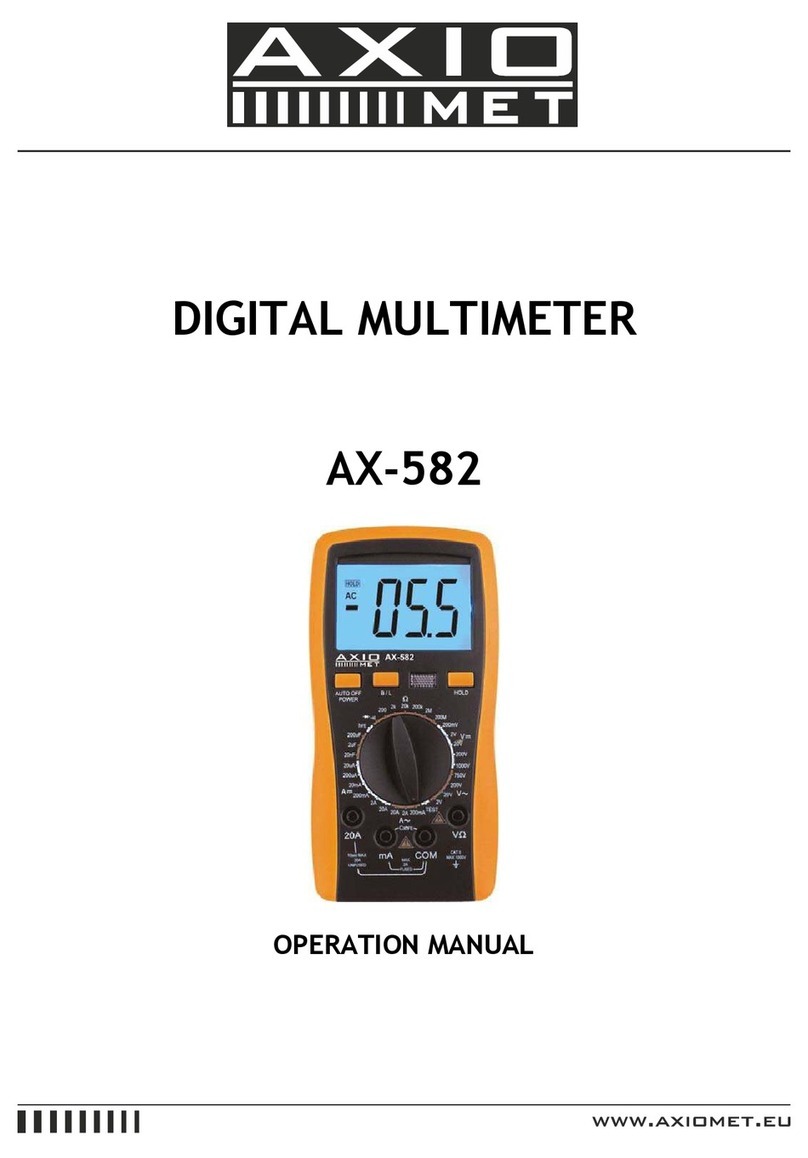
Axio MET
Axio MET AX-582 User manual
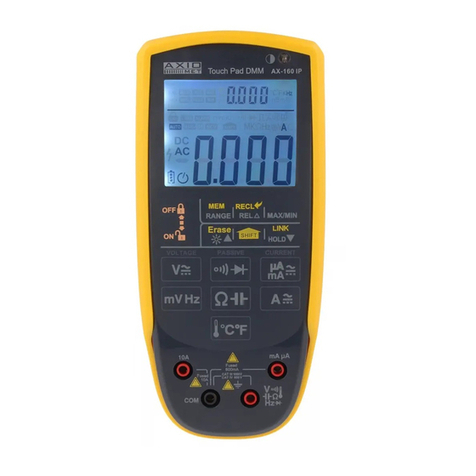
Axio MET
Axio MET AX-160IP User manual
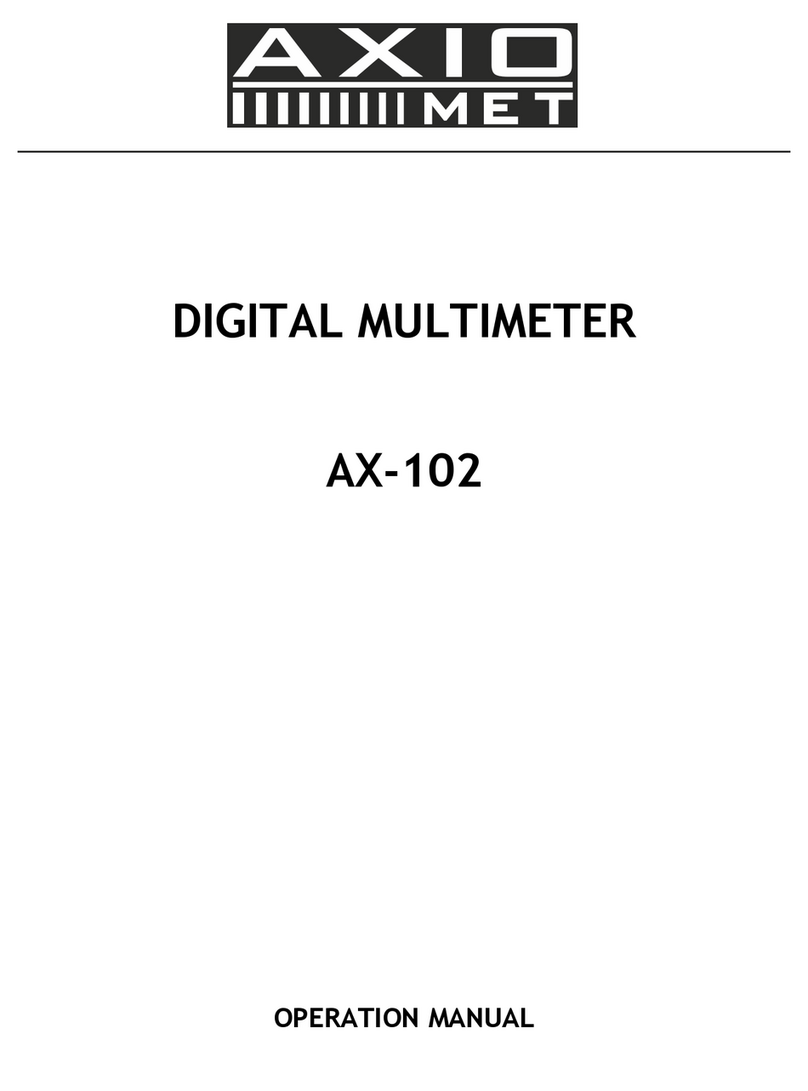
Axio MET
Axio MET AX-102 User manual
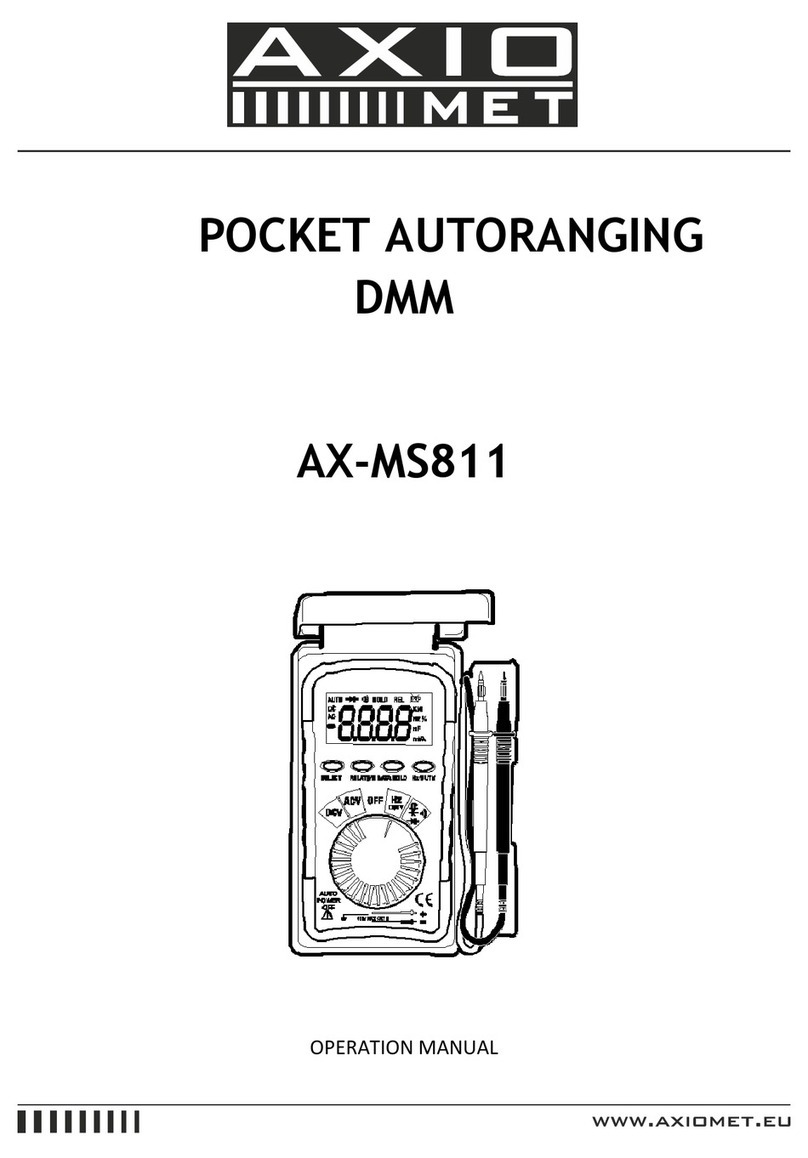
Axio MET
Axio MET AX-MS811 User manual

Axio MET
Axio MET AX-594 User manual

Axio MET
Axio MET AX-174 User manual
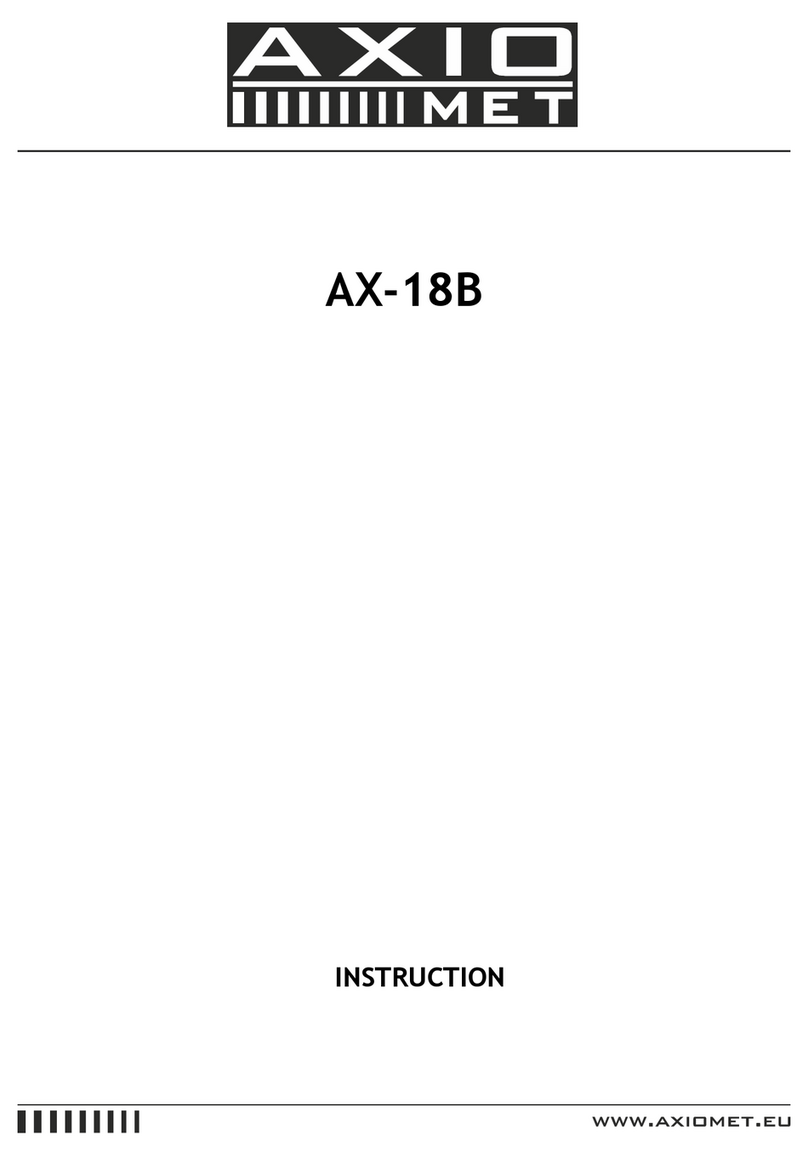
Axio MET
Axio MET AX-18B User manual
